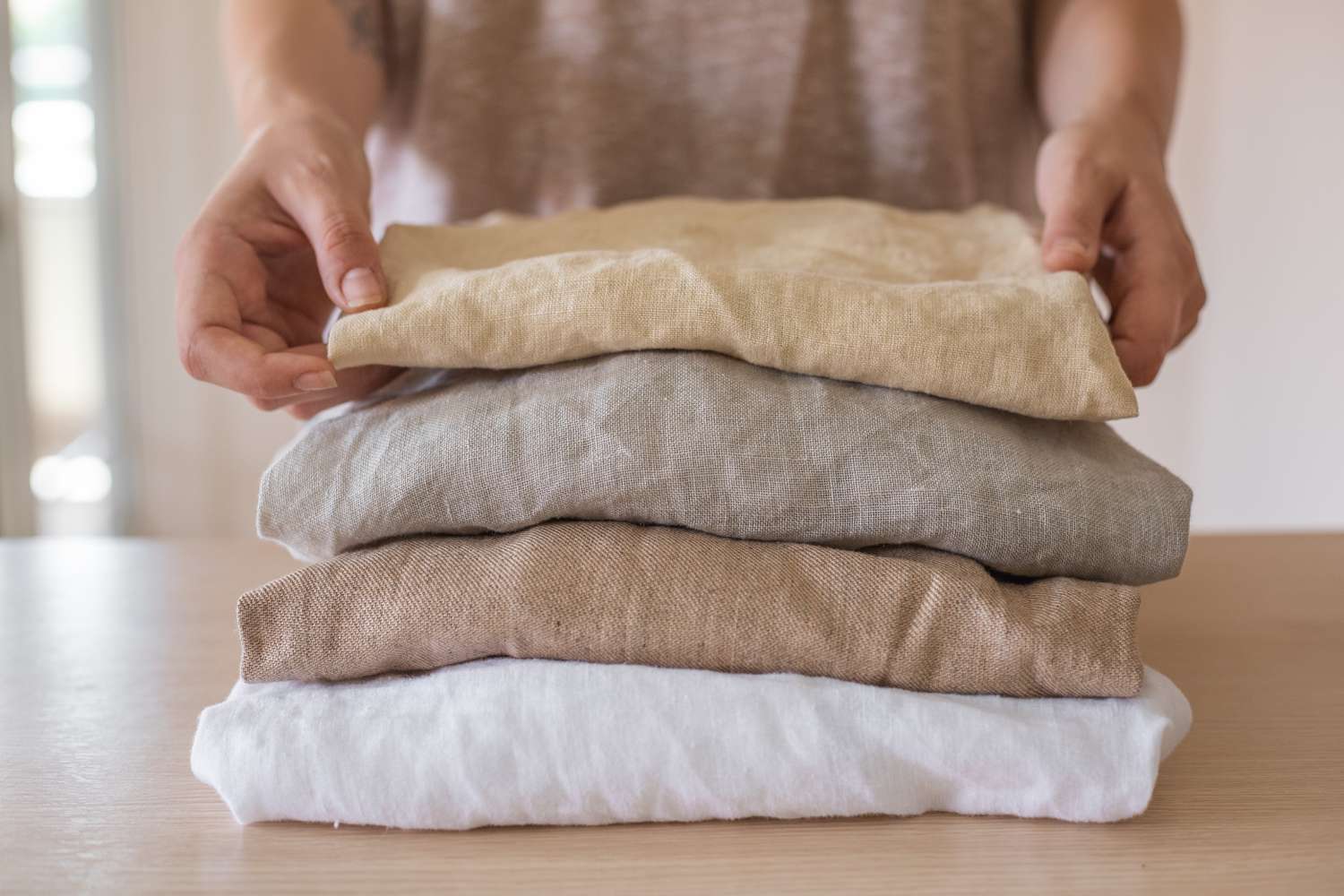In recent years, the fashion industry has made significant strides towards sustainability, and one of the most promising developments is the rise of biodegradable fabrics. These materials decompose naturally, reducing environmental impact and paving the way for a more sustainable future in fashion. This blog explores the benefits, challenges, and future prospects of biodegradable fabrics, highlighting their role in the eco-conscious fashion movement.
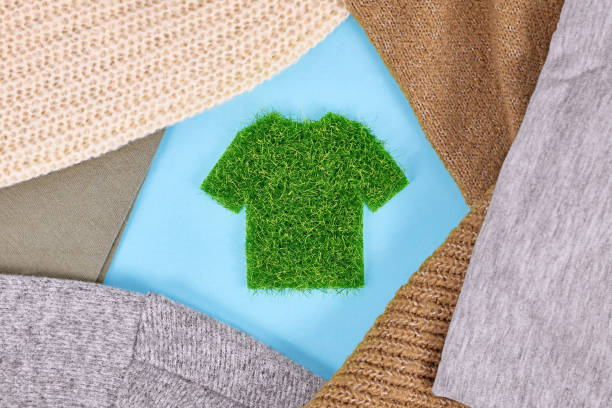
What are Biodegradable Fabrics?
Biodegradable fabrics are materials that can break down naturally through the action of microorganisms, such as bacteria and fungi, without leaving harmful residues. Unlike synthetic fabrics, which can take hundreds of years to decompose, biodegradable fabrics return to the earth in a matter of months to years, depending on the conditions.
Benefits of Biodegradable Fabrics
- Reduced Environmental Impact
Biodegradable fabrics significantly reduce the environmental footprint of clothing. As they decompose naturally, they do not contribute to landfill waste or ocean pollution, unlike synthetic fabrics such as polyester or nylon. - Lower Carbon Footprint
The production of biodegradable fabrics often requires less energy and water compared to synthetic fabrics. For instance, organic cotton, hemp, and bamboo use fewer resources and are grown without harmful pesticides, reducing their overall carbon footprint. - Healthier for Consumers and Workers
Many biodegradable fabrics are made from natural fibers, which are often free from toxic chemicals used in the production of synthetic fabrics. This is healthier for consumers and safer for the workers involved in the production process. - Sustainable Lifecycle
The lifecycle of biodegradable fabrics aligns with the principles of a circular economy. From cultivation to decomposition, these fabrics contribute to a sustainable fashion ecosystem that minimizes waste and maximizes resource efficiency.
Popular Biodegradable Fabrics
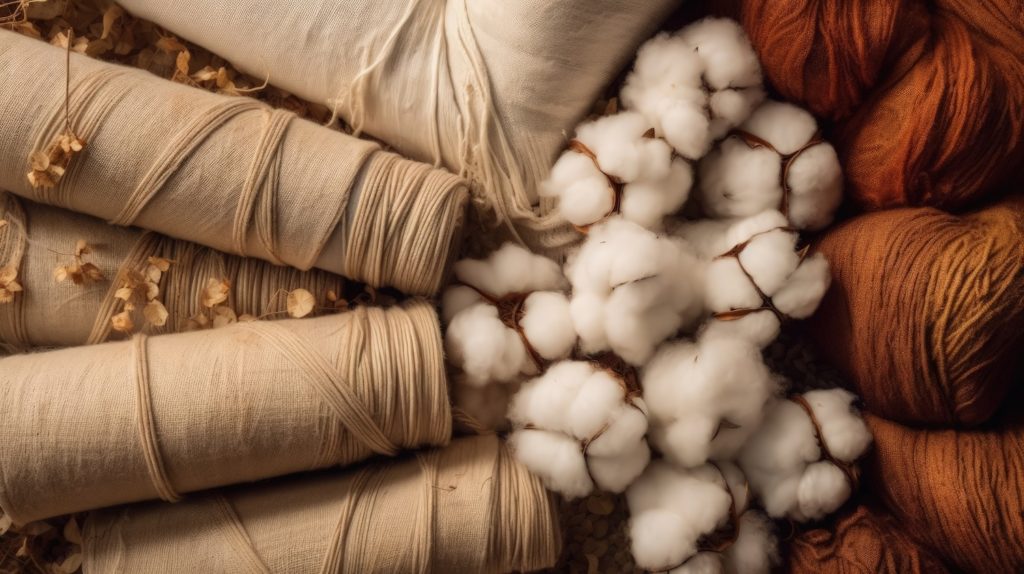
Organic Cotton
Organic cotton is grown without synthetic pesticides or fertilizers, making it a more sustainable option compared to conventional cotton. It decomposes naturally and is widely used in eco-friendly fashion.
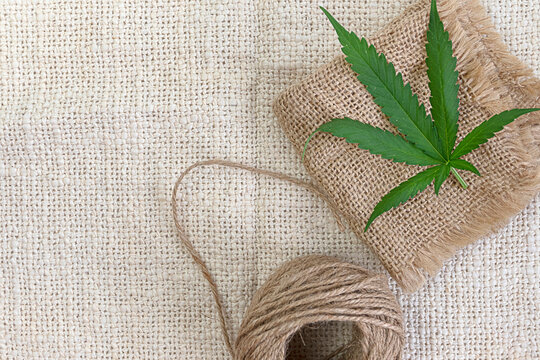
Hemp
Hemp is a fast-growing crop that requires minimal water and no pesticides. Its fibers are strong, durable, and biodegradable, making it an excellent choice for sustainable textiles.
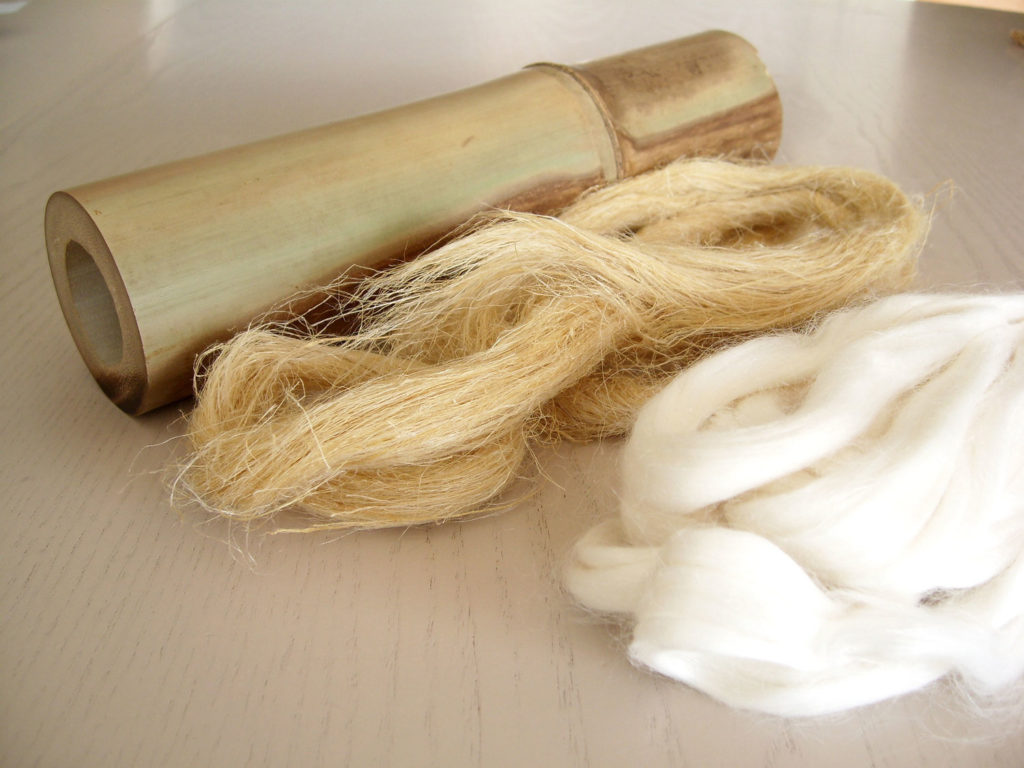
Bamboo
Bamboo grows rapidly and can be harvested without replanting, making it a highly sustainable resource. Bamboo fabric is soft, breathable, and biodegradable, though it’s important to choose bamboo processed through eco-friendly methods.
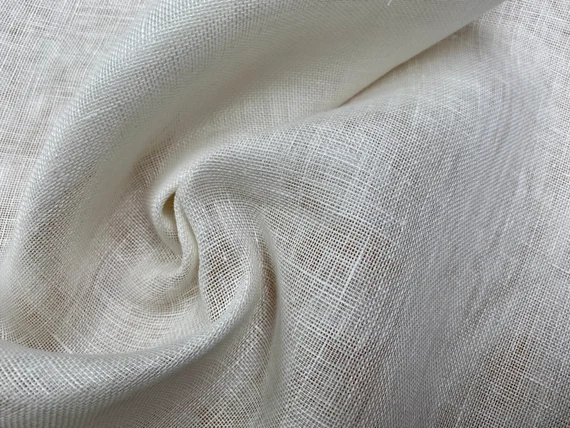
Linen
Linen, made from the flax plant, is one of the oldest textiles and is known for its durability and biodegradability. It requires less water and fewer pesticides than cotton, making it a sustainable fabric choice.
For insights into the latest eco-friendly materials, check out our blog on The Rise of Vegan Leather: What’s Next for Eco-Conscious Fashion?.
Challenges of Biodegradable Fabrics
- Cost
Biodegradable fabrics can be more expensive to produce than synthetic alternatives due to the costs associated with organic farming and sustainable processing methods. This can make sustainable fashion less accessible to some consumers. - Scalability
Producing biodegradable fabrics at scale to meet the global demand for fashion can be challenging. Limited availability of raw materials and the need for sustainable farming practices can restrict supply. - Performance
While biodegradable fabrics offer many benefits, they may not always match the performance characteristics of synthetic fabrics, such as stretch, moisture-wicking, and durability. Ongoing research and innovation are needed to improve their properties.
Future Prospects
The future of biodegradable fabrics looks promising as consumer demand for sustainable fashion continues to grow. Innovations in textile technology and increased investment in sustainable practices are likely to overcome current challenges. Brands are increasingly adopting biodegradable materials, and as awareness spreads, the industry is expected to shift towards more eco-friendly practices.
For more information on sourcing sustainable fabrics, read our blog on A Guide to Fabric Sourcing.
Conclusion
Biodegradable fabrics represent the next step in the evolution of sustainable fashion. By reducing environmental impact, promoting healthier production practices, and supporting a circular economy, these materials offer a viable solution to the challenges posed by conventional textiles. Embracing biodegradable fabrics is essential for a more sustainable future in fashion.
To further explore the properties of various fabrics, including natural and synthetic options, visit our blog on Natural vs. Synthetic: A Comparison of Fabric Properties.
Explore Locofast for Sustainable Textile Solutions
For high-quality biodegradable fabrics and comprehensive sourcing solutions, visit locofast.com. Locofast is dedicated to providing sustainable and innovative textile solutions that meet the highest standards of quality. Discover how Locofast can support your journey towards a more sustainable and eco-conscious fashion industry.
